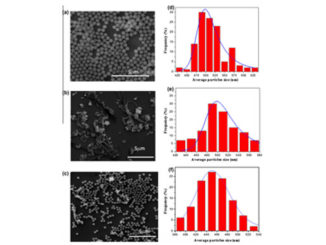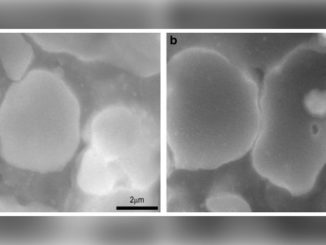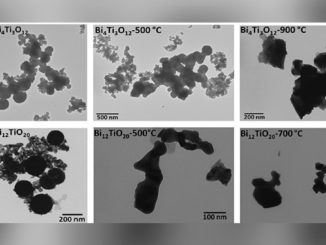
Writers: Fauze A. Aouadaa, Luiz H.C. Mattoso, Elson Longo
Keywords: Spectroscopic properties; Contact angles; Water absorption; FEG-SEM; Thermoplastic starch bionanocomposites
Abstract: In this work, thermoplastic starch (TPS)–clay bionanocomposites were obtained by an innovative methodology using a combination of methodologies commonly used in the composites and nanocomposites preparations. The main objectives or novelties were to confirm efficiency of the processing methodology by field emission gun scanning electron microscopy and investigate the effect of clay content on the spectroscopic, bulk and surface hydrophilic/hydrophobic properties of these bionanocomposites. Raman and FTIR spectroscopies confirmed the changes in the spectroscopic properties of the TPS bionanocomposites with the addition of the clay materials. Water absorption and contact angle measurements were also used to analyze the effect of the clay content on the hydrophilic properties of the TPS bionanocomposites. The results also showed that the addition of the cloisite-Na+ clay increased the bulk and surface hydrophobicities of the TPS matrix, which may increase its industrial application, particularly in manufacturing of food containers.




